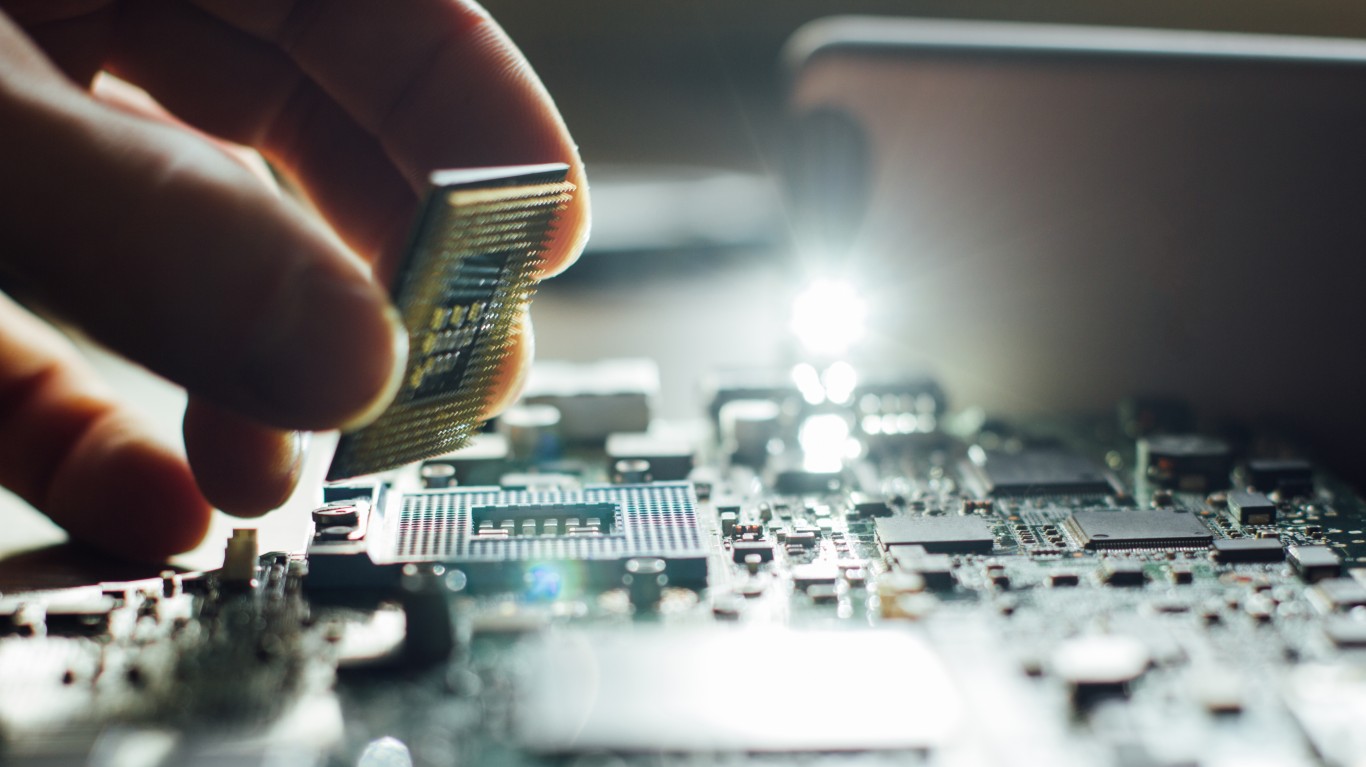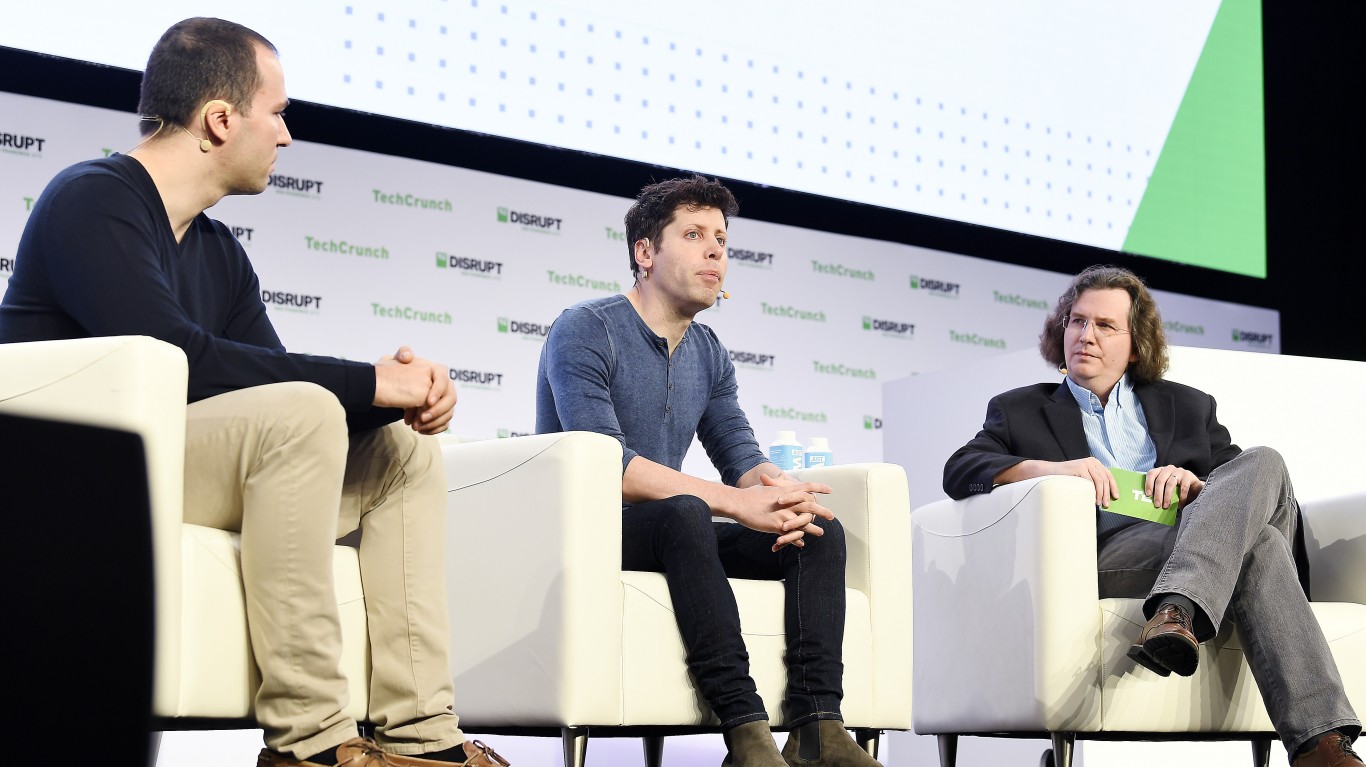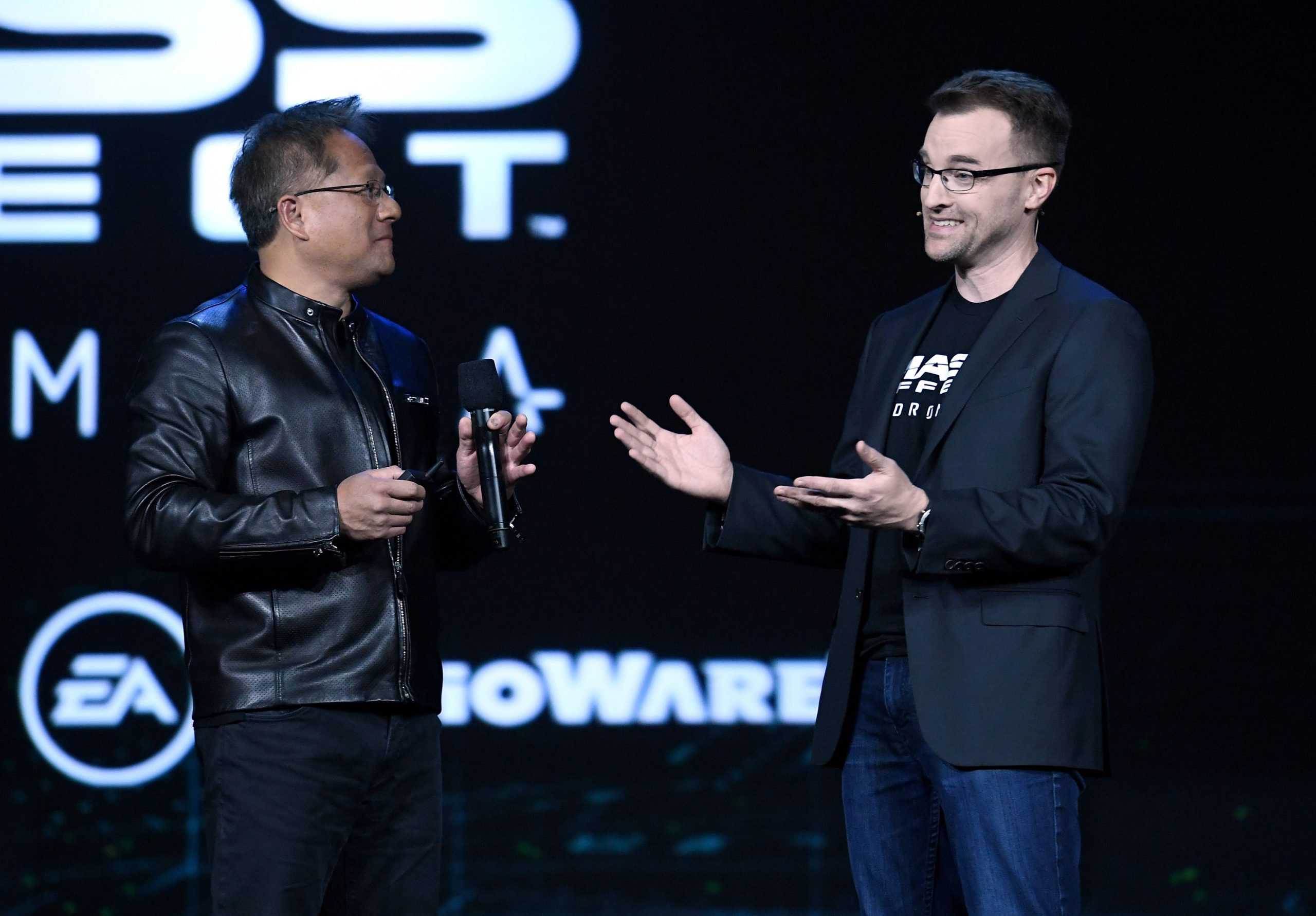Investing
Still a Buy? Why Nvidia’s Next-Gen Moves Could Fuel Growth Beyond 2025

Published:

Nvidia’s GPUs have been crucial to the realization of AI as a viable platform, thus sending the company stock soaring from near bankruptcy to over $3.2 trillion market cap.
Nvidia’s rocket ship ascension from near bankruptcy to Magnificent 7 tech stalwart boils down to its GPU (Graphics Processing Unit) industry leadership. Jensen Huang’s technological advantage over his competition has been the jet fuel steering Nvidia (NASDAQ: NVDA) to the stratosphere and beyond. Although his cousin, Dr. Lisa Su of AMD, has carved out a niche for its RX 7900 XTX and other, less expensive units, Nvidia is still the first name in GPUs for AI.
While Nvidia’s h100 GPU cemented its position in AI development, its subsequent products, such as the GeForce RTX series, are made to outperform the h100. These capabilities are going to be crucial, since December’s unveiling of OpenAI o3 threw down the latest gauntlet.
OpenAI o3 just debuted days before Christmas 2024, and is already wowing AI followers, users, and investors.
Although extremely expensive at this time, its capabilities are a huge leap forward beyond GPT4 and previous AI iterations in terms of handling ARC-AGI, ELO, and Frontier Math benchmark tests.
Current OpenAI o3 stellar results could only be achieved with 10,000 Nvidia h100 GPUs working in concert for 10 minutes. Newer and faster models will be crucial for futhter developments to be realized.
Retiring early is possible, and may be easier than you think. Click here now to see if you’re ahead, or behind. (Sponsor

Technology development for AI has followed certain scaling laws derived from semiconductor and CPU (Central Processing Unit) engineering development. Scaling laws evolved based on data handling capability for hardware that were used to quantify predictable growth rate for AU models, starting with ChatGPT to the present. For example, Moore’s Law was created as a mathematical metric to calculate improvements in transistors and CPU clock speeds.
Dr. Su’s innovative approach of using multiple smaller cores and processors in tandem accelerated speed and efficiency of data processing in its Ryzen chips catapulted the company past long time rival Intel. This shifting of the playbook has relegated the linearity of Moore’s law to the sidelines, and created a new playing field paradigm.
24/7 Wall Street’s AI Investor Podcast recently reviewed the demonstration of OpenAI o3. Eric Bleeker, who also manages a $500,000 AI portfolio fund, went in-depth into how OpenAI o3 compares to earlier AI iterations, and why he thinks it’s a game changer for AI as an industry and for Nvidia, in particular.

Eric Bleeker was clearly won over by the demonstration. He started his explanation with some of the background on AI and why he believes OpenAI o3 flips the entire script on Reasoning Models. For example:
Bleeker summed up the reactions of the OpenAI o3 demonstration observers as “complete shock.” He noted that since benchmarks often skew test parameters towards the benchmark, the true test of AGI is when the benchmark no longer applies. OpenAI o3 is a quantum leap closer to achieving that goal. The majority of the public are unaware of the scale, speed and power of OpenAI o3, and that its reach can affect so many areas of life in the future. The People who follow AI, even at the cursory level out of investment curiosity, comprise perhaps only 0.1%.

While OpenAI o3 may represent a new paradigm that totally rewrites the rulebook on AI, there is one major stumbling block: to score 87.5 on ARC-AGI costs $3,000 per task. To achieve that performance requires 10,000 Nvidia h100 GPUs for 10 minutes. Bleeker likened this hurdle to having built a jet engine but having yet to design the plane to deploy it.
Conversely, improvements in inferencing have dropped the cost of inference by a thousandfold in the last 3 years. On the positive side, this implies the possibility of reducing the task cost from $3000 to $3.00. Quoting Boxon’s CEO Aaron Levy: “Expensive costs to operate now are irrelevant. What is expensive today is cheap tomorrow. Quality is all that matters, because you know that cost is going to drop.”
With a potential new way to build super intelligent AI models, this will change how we look at investments. Nvidia looks like it is on the forefront of a slew of other technology companies who will be providing different pieces of the designated plane to house the OpenAI o3 jet engine. The recently announced RTX 5090 and other RTX series GPUs will likely make Jensen Huang the AI go-to guy for at least the next few years, unless Dr. Su devises a new GPU to challenge her cousin.

New developments and capabilities continue to raise the stakes for AI investment despite no ROI to date. The motivation behind the urgency behind AI falls into two broad camps, with some overlap: Both camps are pouring countless billions of dollars into the sector, with the anticipation that it will pay off handsomely in the long run, just like how other technology investments like smartphones, broadband, and others.
One one side, there are established companies already in the commercial technology space who are using AI to expand their own abilities, product, and service lines to meet the growing demand in the market.
The other side sees the strategic importance of AI as almost akin to an arms race, since China, Russia, and other countries are ardently pouring resources into AI R&D for their own applications, both commercial, as well as military. The trajectory will certainly not be boring, if OpenAI o3’s potential is realized when costs start to come down.
Start by taking a quick retirement quiz from SmartAsset that will match you with up to 3 financial advisors that serve your area and beyond in 5 minutes, or less.
Each advisor has been vetted by SmartAsset and is held to a fiduciary standard to act in your best interests.
Here’s how it works:
1. Answer SmartAsset advisor match quiz
2. Review your pre-screened matches at your leisure. Check out the advisors’ profiles.
3. Speak with advisors at no cost to you. Have an introductory call on the phone or introduction in person and choose whom to work with in the future
Thank you for reading! Have some feedback for us?
Contact the 24/7 Wall St. editorial team.